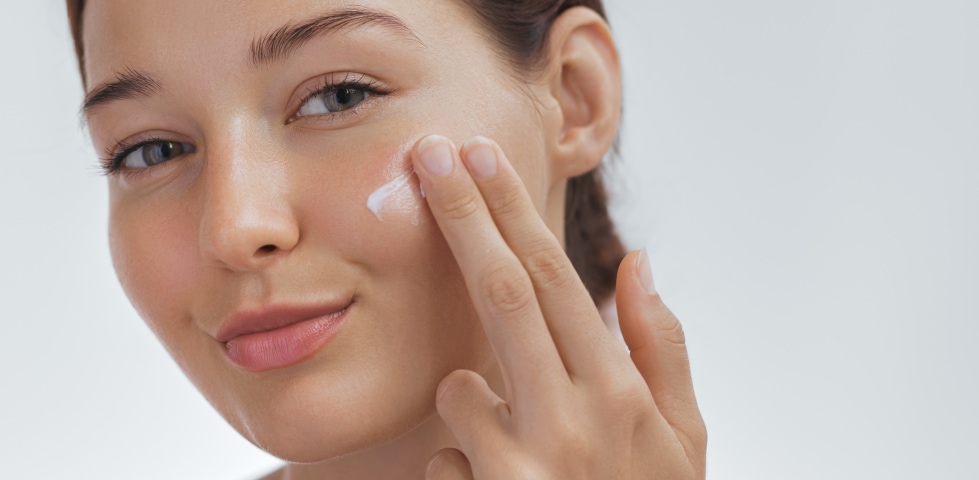
Your guide to the right steps in your daily skincare routine
Serum, toner, moisturiser and all kinds of actives – it’s easy to lose track with so many products. That's why we're focusing the right sequence of steps in your skincare routine today. If you get it right, you can make the most of your active ingredients – and improve your skin health at the same time. Even though a skincare routine is a very personal thing, there are always certain rules and steps to follow.
20 June 2024 • 5 min. reading time
Table of contents
Skincare routine: Why the right sequence of steps is key
Do I need to do double cleansing? What if I want to use more than two serums? And when do I apply my eye cream?
If you sometimes feel overwhelmed by the sheer endless choice of facial care products, you’re not alone. Your skin may be a complex organ with a functional structure, but understanding and applying the correct sequence of skincare steps isn’t rocket science. In fact, if you stick to the basic rules you can make your skincare routine even more effective. That means, you use fewer products, are more confident about using them and can look forward to visible results.
First of all, nobody wakes up in the morning looking perfect. That’s a Hollywood myth. But once you've been to the bathroom your skin looks good – and it’s protected against environmental influences and everyday stress factors. How is that possible? With the correct sequence of steps in your skincare routine and the right active ingredients for your skin.
Try this out: A basic skincare routine for radiant skin
Everybody knows that when you first wake up, your skin often looks creased, or has an oily sheen, or your eyes are puffy. Don’t let that ruin your day. These are just signs that your skin never sleeps. All of the metabolic processes continue while you are enjoying your beauty sleep. And that’s why the first step in your morning skincare routine is so important.
Step 1: Cleansing – mornings and evenings
Use a mild cleanser to remove sweat, sebum and make-up residue. The type of cleanser you use depends on your preferences and your skin’s needs.
Gel: turns into a light foam on contact with water and it is particularly beneficial for blemished skin.
Oil: cleanses thoroughly without stressing the skin, so it’s ideal for dry or sensitive skin.
Balm: has a little bit of everything and feels silky to apply.
Rinse thoroughly with clean water so that no cleansing product residue remains on the face. If you’re a double cleansing fan, follow this rule: use oil-based products first, then water-based products. This skincare step ensures the skin is squeaky clean.
Tip
Don’t wash your face under the shower. Firstly, the water temperature is usually far too hot for your delicate facial skin. Secondly, shower gel, shampoo and similar products contain surfactants that are not suitable for the face. So remember: shower first, skincare second.
Step 2: Exfoliation and mask – evenings only
Our skin regenerates on a daily basis That’s why it’s necessary to regularly remove dead skin cells. An exfoliator performs this task. There are two kinds of exfoliating product:
Mechanical scrubs: Tiny little granules are rubbed over the skin to scrub away everything that impairs your glow. But beware if your cheeks are prone to redness and your forehead to irritation, because this kind of a face scrub might be too aggressive. Improper use can also damage the skin. This kind of a scrub should be used two times a week at the most.
Acid peel: Fruit acid (AHA) or salicylic acid (BHA) work without mechanical abrasion. They penetrate deep into the skin and, thanks to their exfoliating effect, remove dead skin cells, sebum and keratinisation. If your skin tolerates it well, you can use an acid peel on a daily basis.
Always follow the instructions on the packaging when using exfoliation products. Some products remain on the skin, while others are washed off. Whether you opt for a mechanical scrub or a chemical peel, your skin will always be optimally prepared to absorb the nourishing products in the next step.
Do you want to give your skin a real treat? Then include an intensive mask in your skincare routine. Whether you opt for a cloth or cream mask, check that it contains calming ingredients such as aloe vera, glycerine or panthenol in combination with an extra portion of moisture. Here's the right order of steps: mask after exfoliator but before toner.
Step 3: Clarification with toner – mornings and evenings
There’s one more step before the numerous actives finally come into play. The skin normally has a pH value between 4.8 and 5.5, which puts it in the slightly acidic range, and this acid mantle performs the important function of protecting the skin. Repeated contact with water changes the skin’s pH value. If you’re wondering why you get that unpleasant feeling of tightness after cleansing – now you know.
When you use a toner, you achieve the opposite effect and the skin’s natural pH value is restored. These aqueous products usually contain additional moisturising ingredients to soothe your skin during application.
Tip
Steps 1 and 3 are the foundations of your skincare routine. You should never leave them out, even if your skin is not obviously “dirty” because when your pores are clogged with sebum, skin flakes or make-up residue, no skincare product in the world can do its job.
Cleansing
Scrub
Toner
Step 4: Eye cream (optional) – morning and evening
Now it’s time for the highlights in any skincare routine: the actives that provide your skin with the nourishment and care it needs. There are countless products to choose from, so always tailor your actives to your skin type and your current skincare needs.
Do you want to give your eyes a little TLC? In that case, this is the step in your skincare routine when you apply eye cream. When you apply eye cream, gently tap it into the skin rather than massaging it in because the skin around the eyes is especially thin and sensitive. Hyaluronic acid, collagen or Q10 help to alleviate dark circles and the first fine lines.
Why should eye care come before all the other skincare steps? Because the thin skin around the eyes can only absorb a limited amount of any product. If you apply a face serum or cream to the face before your eye cream, they will prevent the active ingredients in your eye cream from being absorbed.
Step 5: Serums, serums, serums – morning and evening
Serums are a special skincare product that should be a part of every skincare routine. They have light, gel or aqueous textures that are quickly absorbed and transport highly concentrated ingredients into the deeper layers of the skin. You can use serums with individual active ingredients or combination products.
They’re very easy to use. Apply a few drops of your favourite serum to your palms and gently massage it into your face. You can also use several serums in succession or apply different active ingredients to the forehead and cheeks. Make sure that each product is thoroughly absorbed before applying the next one to prevent unsightly “pilling”.
Step 6: Moisturise to seal in the active ingredients – morning and evening
Whatever your skin type: if you don’t moisturise it properly, your entire skincare routine won’t work. So apply a generous amount of day cream or night cream and massage it into the face, neck and décolleté. This has two effects. Firstly, the skin appears firmer and more elastic. Secondly, the moisture seals the actives inside the skin and allows them to get to work.
Tip
Nourishing oil can also be used at this point in the skincare routine. Make sure you only use a few drops and gently massage it in after the moisturiser. Apply oil in the evening so you don't have to worry about shiny cheeks.
Step 7: Sunscreen is an absolute must – in the morning
When temperatures are 30°C plus, it's easy to remember to wear enough sunscreen. But for long-term skin health and to prevent skin ageing, a daily dose of SPF is a a good idea – even in winter. The motto is: the more the better. So it’s better to use a separate sunscreen with at least factor 30 and apply it generously to the face, neck and décolleté. But don’t forget to remove it thoroughly in the evening. You’ll need more than water.
This is the last step in the skincare routine. If you follow these skincare steps faithfully, you’ll soon be enjoying healthy, youthful-looking and radiant skin.
Eye care
Serum
Moisturising care
Sun protection
The actives that enrich your skincare routine
Choosing the right skincare products and active ingredients is just as important as the right sequence of steps in your skincare routine. Only a combination of the two will provide you with optimum care for your complexion. So here’s a quick overview of the most important actives and their effects:
Hyaluronic acid: moisturises the skin
Retinol (vitamin A)/bakuchiol: antioxidant that refines the skin texture, promotes cell renewal
Niacinamide (vitamin B3): smooths fine lines, stimulates the skin’s metabolism
Vitamin C: highly antioxidant, can reduce dark spots and give you a more even complexion
Vitamin E: highly antioxidant, reduces UV-induced damage, regenerates the skin barrier
Squalane: antioxidant, binds moisture
Ceramides: lock in moisture, strengthen the skin barrier
Skincare routine steps FAQs:
Oil or water – which comes first?
Serum vs. cream – what’s the difference?
How many products do I need for a practical skincare routine?
Takeaway
If your skincare routine includes the right steps in the right order, you can take a short cut to healthy and well-cared for skin. If you follow these steps, you’ll build up your active ingredients and prevent the individual products from cancelling each other out. At parfumdreams you’ll find a comprehensive selection of cleansers, serums, creams and oils to enrich your skincare routine. Treat your skin to the daily love and care it really needs – and it will reward you with radiance.



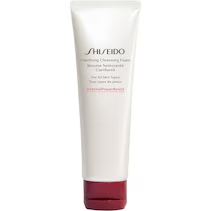

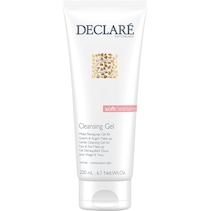
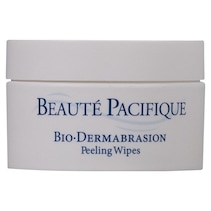


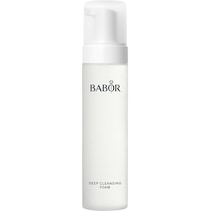
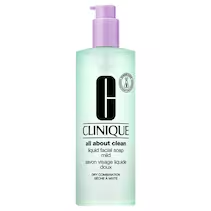
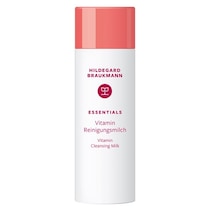
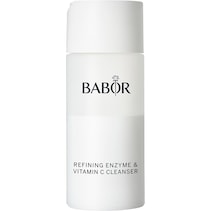

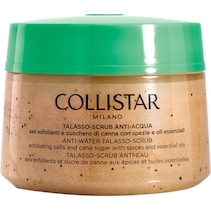

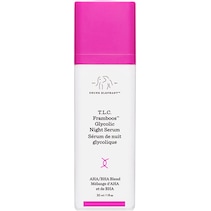
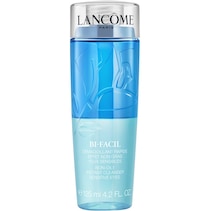

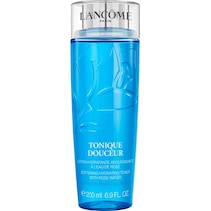
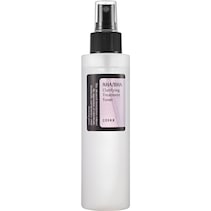

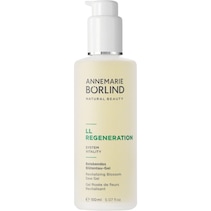

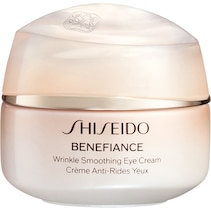
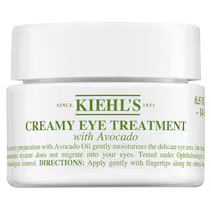


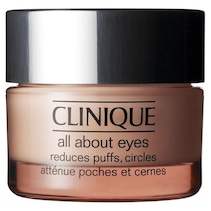
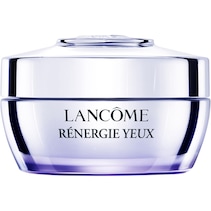
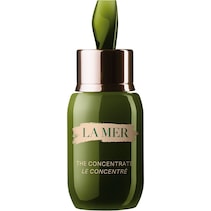
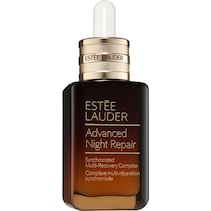
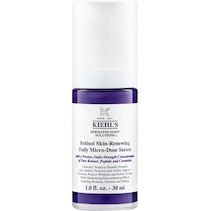

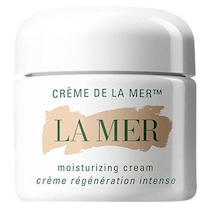
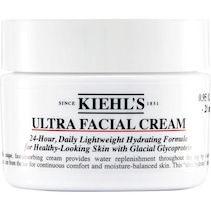
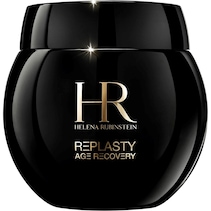
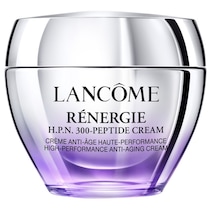
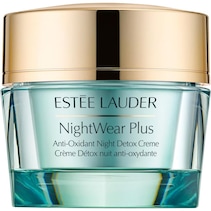


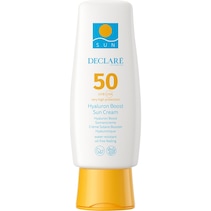
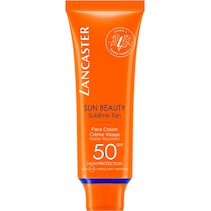
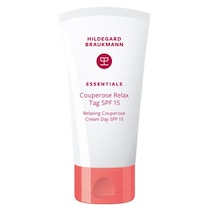

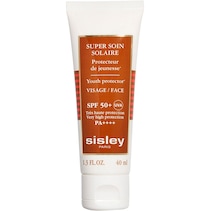
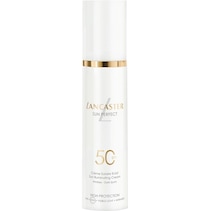
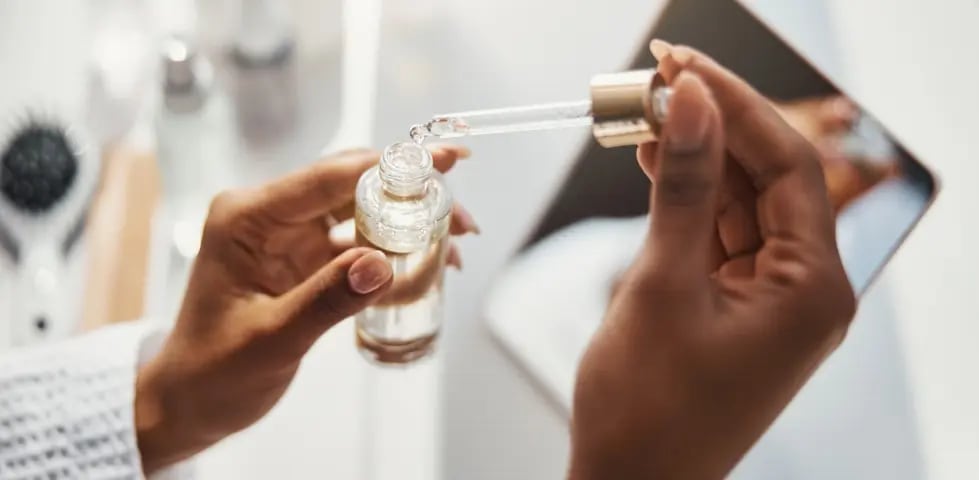
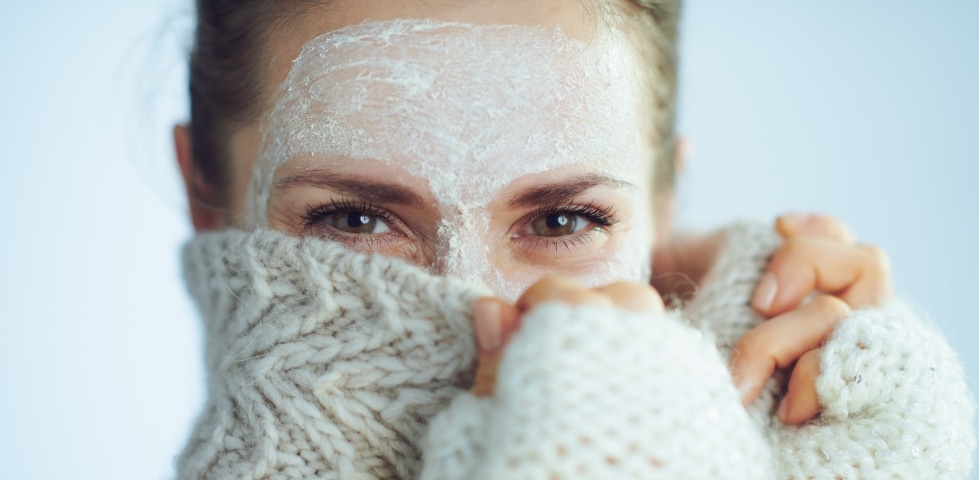
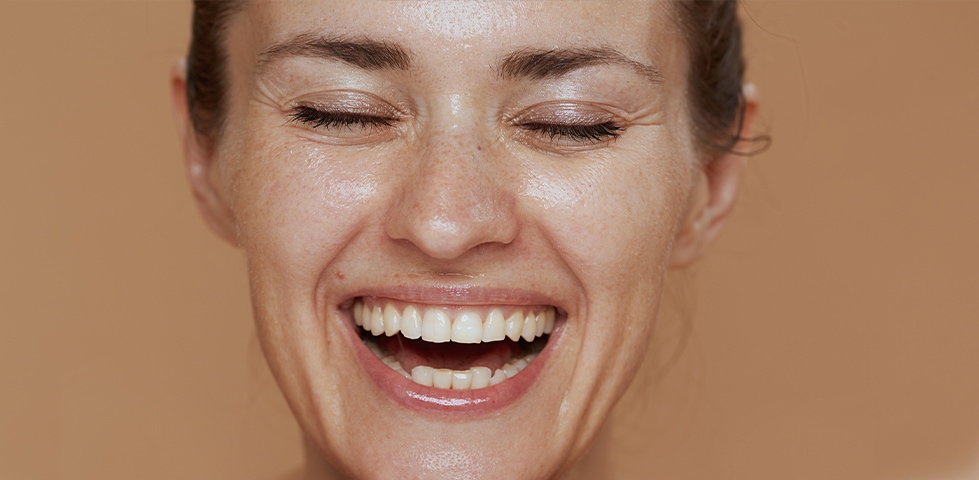






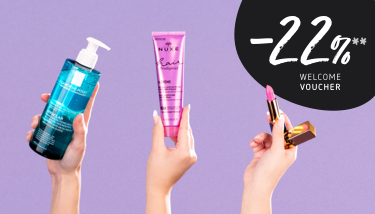








 Certified security
Certified security








